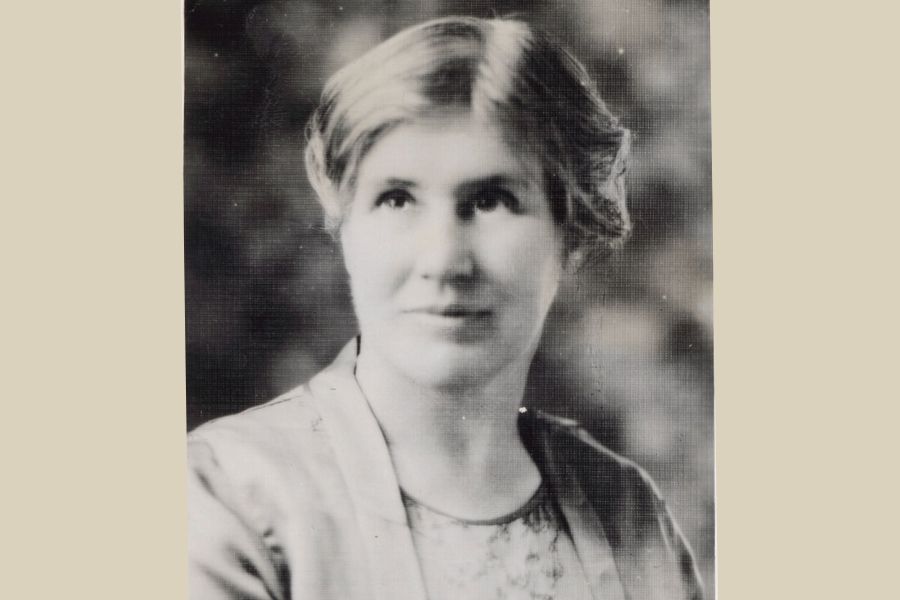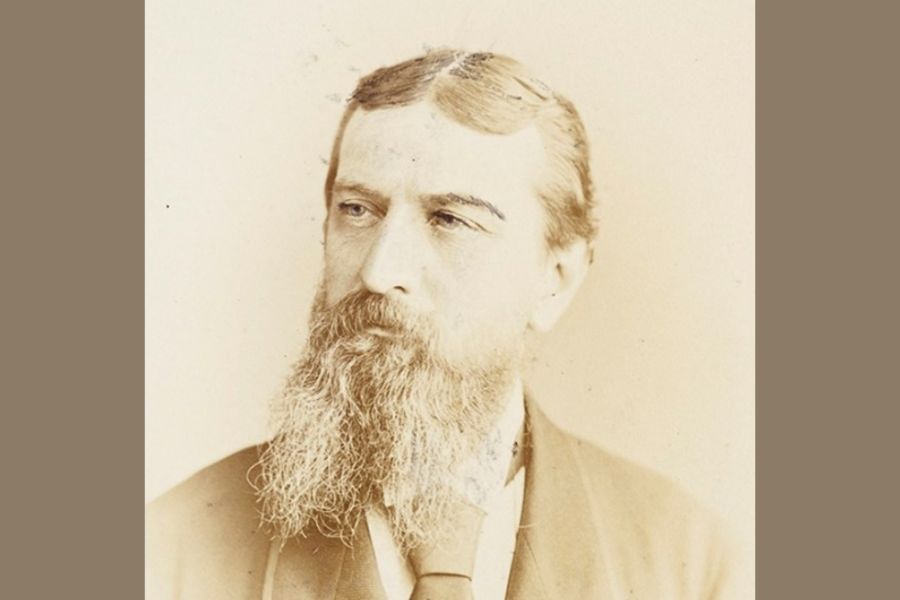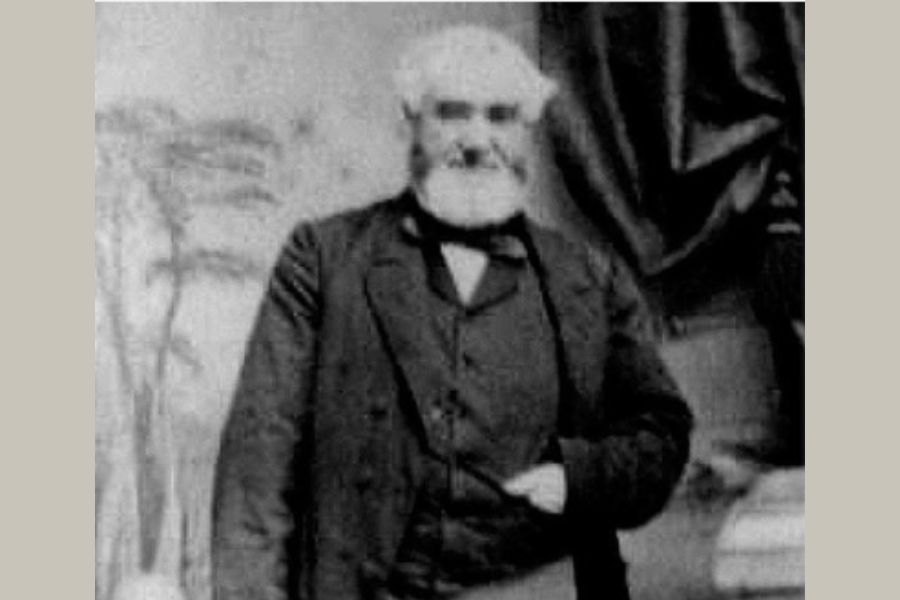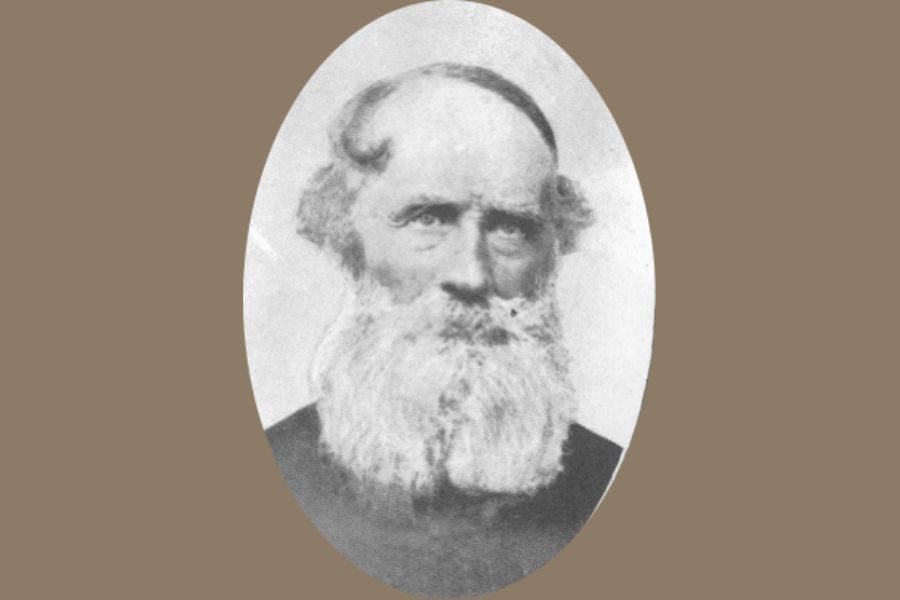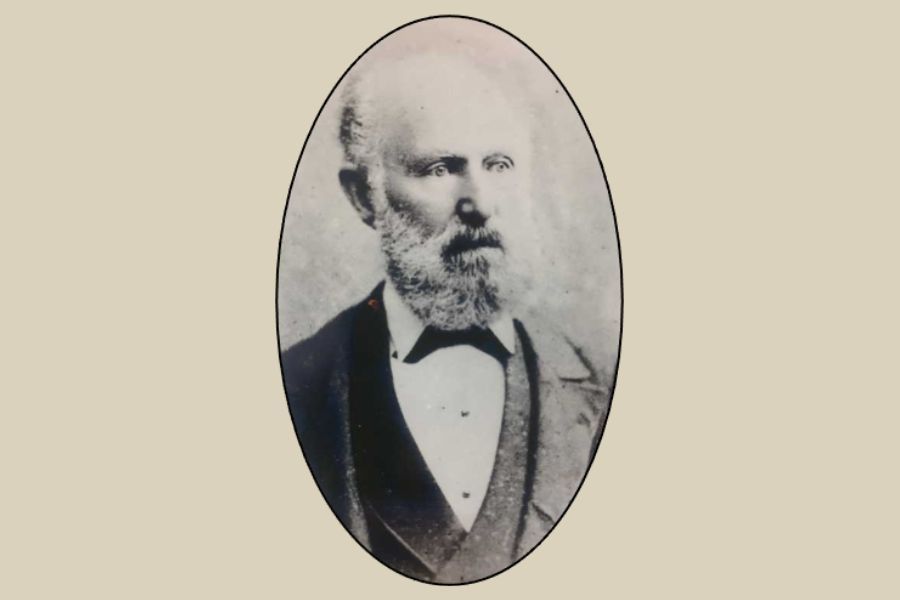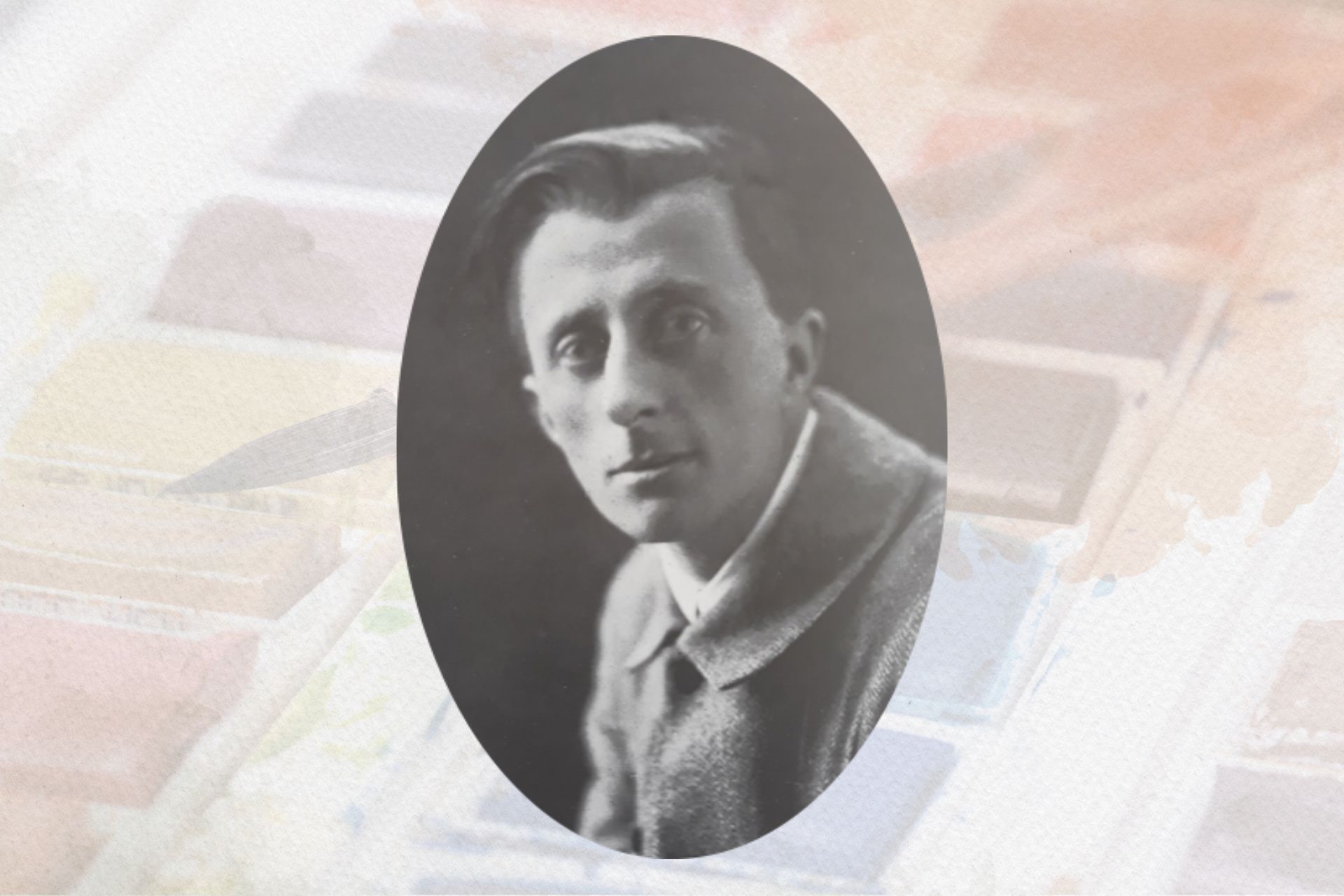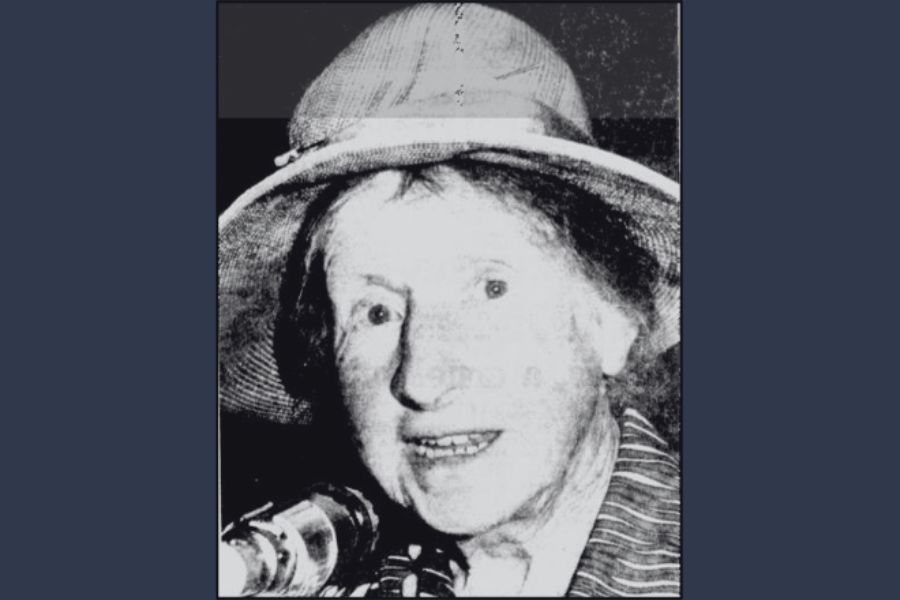People
untold stories
We hold a large number of family histories of early settlers in Hobsons Bay as well as a vast collection of photographs of people of the past.
Here are some of their stories.
Early settlers
As the port, Williamstown became a 'first stop' for many new arrivals in the colony of Port Phillip, providing immigration, customs, pilots, water police, convict accommodation, shipping and shipbuilding, an astronomical observatory, a lighthouse, railway workshops, the first Victorian Navy, militia, a rifle range, power, iron foundries, glass manufacturing, petroleum and many other variety of industries. Many folks passed through the port on their way to seek their fortunes in the Victorian goldfields.
We hold an extensive collection of family histories of everyday settlers who all contributed their part in the development of the new colony - be they butcher, bakers, or lighthousekeepers.
Our Convicts
The discovery of gold during the early 1850s led to the Victorian gold rush, with many settlers arriving to seek their fortunes in the goldfields. By the end of 1852, over 90,000 people had travelled to the goldfields, many of them arriving by ship and travelling from Melbourne. Ships crews also abandoned their posts, caught up in gold fever, leaving many ships deserted in the bay.
The population boom led to increased crimes and overcrowded prisons. The government decided to make use of empty ships in the harbour, purposely fitting them out as prisons, to house and hopefully reform their inmates. The ships were converted and then anchored off the Breakwater Pier near the Point Gellibrand convict jetty. With hulls painted yellow, an exclusion zone around them was established. The hulk 'President' welcomed its first 'guests' wearing irons on 15th December 1852, 84 souls who had been sentenced to this floating prison. Harsh and cramped conditions awaited them in the cold, dark cells as punishment for their crimes. Convicts were taken ashore daily and put to work as labourers, quarrying bluestone at Point Gellibrand for building and construction for the growing colony. A further four ships were converted to prison hulks in the following years - Deborah, Success, Sacramento and Lysander.
Hobsons Bay Notables
This is a small selection of some of the first settlers and people who have contributed to the rich history and development of the area.
*** This is a work in progress and more biographies will be added as they are completed.***
From Ireland to Australia
In October 1848, 191 young Irish girls arrived in Hobsons Bay on the Lady Kennaway, the first ship to Melbourne and one of 20 ships that brought orphaned girls to Australia through the Earl Grey Orphan Emigration Scheme. More than 4000 young girls aged 14-20 who were orphaned by the Great Famine, were recruited from Irish workhouses across 32 Irish counties and brought to Australia to relieve the overcrowding in the workhouses and meet the demand for domestic service and single women in the colonies. The scheme was short-lived, ending in 1850 due to opposition from early colonists.
A Commemorative bluestone "Famine Rock" is located on The Strand, Williamstown near Stevedore Street. This memorial is dedicated to the millions who died in Ireland and the courage of those who began a new life in the colony.
>>For more information - see Irish Famine Memorial
(external site)


